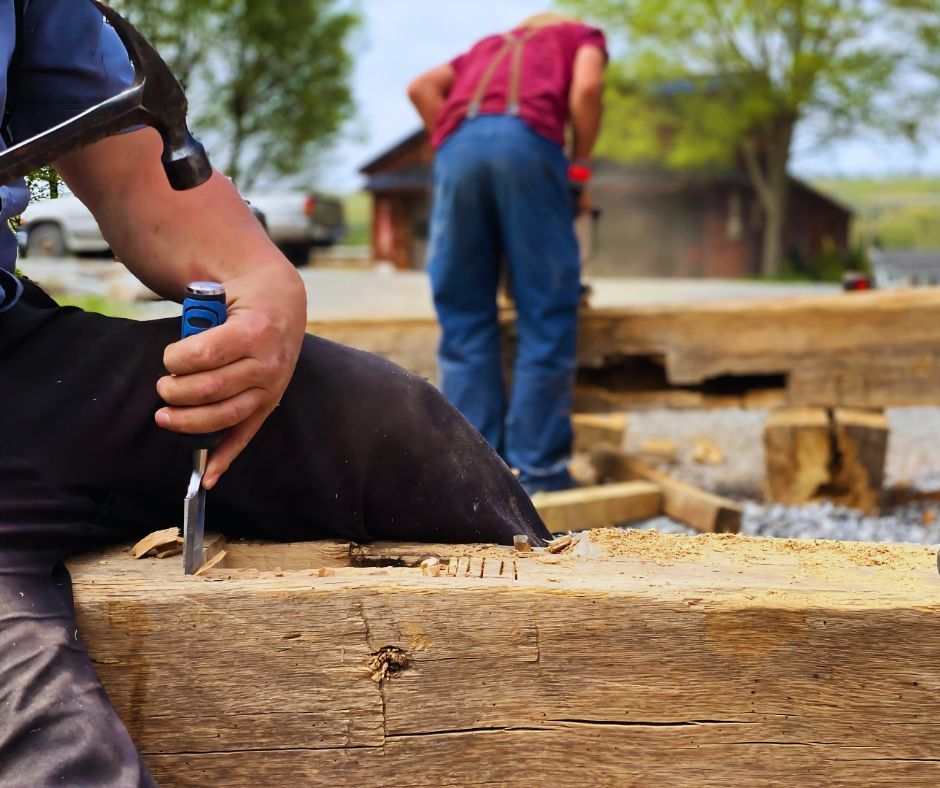How Eco-Friendly Construction Saves You Money
How Eco-Friendly Construction Saves You Money

Many people believe that building green costs a lot more upfront. But what if we told you that eco-friendly construction can actually save you money right away? The key is knowing where the savings come from. As experts in sustainable building, we want to show you how smart choices can lead to big financial wins.
This article will break down the real costs and benefits of green building. We'll cover how you can lower your monthly bills, find hidden financial perks, and increase your property's value. You'll see that building sustainably is one of the smartest investments you can make.
Understanding Green Building Costs
Let's clear up a common myth: green buildings are not massively more expensive. On average, they cost only about 2% more to build than traditional structures. But the real story is in the long-term savings. Eco-friendly homes can save you 14% to 19% in operational costs over their lifespan.
Think of it this way: spending an extra $2,000 on sustainable features for a $100,000 project could save you up to $20,000 over time. It’s a small initial investment for a much larger return.
Immediate Savings on Utility Bills
The biggest and fastest reward of eco-friendly construction is lower monthly bills. A well-built green home can reduce your water and energy costs by up to a third. If you normally spend $200 a month on utilities, that's an extra $65 in your pocket every single month.
Better Energy Performance
Energy-efficient homes are designed to keep you comfortable without wasting power. This is achieved through:
- Superior Insulation: High-quality insulation in your walls and roof keeps warm air in during the winter and hot air out during the summer. Your heating and cooling systems don't have to work as hard, which slashes your energy use.
- Efficient Windows: Modern double or triple-pane windows prevent air leaks. They help maintain a steady temperature inside your home, leading to significant energy savings.
- Smart HVAC Systems: New heating, ventilation, and air conditioning (HVAC) systems use far less energy than older models. When paired with a smart thermostat, they can optimize your home’s climate automatically.
Smarter Water Use
Green building also focuses on conserving water, which can dramatically lower your water and sewer bills.
- Low-Flow Fixtures: Modern toilets, showerheads, and faucets use much less water without sacrificing pressure or performance. A family of four can easily cut their water bill by 20-30% just by making this switch.
- Efficient Systems: Rainwater harvesting systems and greywater recycling can provide water for your garden or other non-drinking uses, further reducing your reliance on municipal water.
More Than Just Utility Savings
The financial perks of green building go beyond your monthly statements. There are several other benefits that add to your overall green building savings.
Tax Credits and Rebates
Many government programs encourage sustainable building. You may be able to get tax credits or rebates for installing solar panels, using energy-efficient appliances, or choosing certain sustainable materials. These incentives can directly reduce your initial construction costs.
Lower Insurance Premiums
Some insurance companies offer discounts for homes with green features. Sustainable materials are often more durable and resistant to fire or water damage. This lower risk can translate into lower annual insurance payments for you.
Higher Resale Value
Today’s homebuyers are actively looking for energy-efficient homes. Properties with green certifications or features often sell for a higher price and spend less time on the market. An eco-friendly home is not just a place to live; it's a valuable asset.
The Role of Sustainable Materials
Choosing the right materials is essential for unlocking savings. At Bay & Bent, we have a deep appreciation for materials that are both beautiful and responsible.
Reclaimed wood, for example, is a cornerstone of our work. We salvage historic timber frames from old barns and buildings. These woods have a character and strength you can't find in new lumber, and using them prevents cutting down new trees. Best of all, reclaimed materials can sometimes be less expensive than new ones.
Recycled steel is another great option. It has the same strength as new steel but requires much less energy to produce. Using these kinds of materials adds to your home's green credentials and overall value.
Building a Sustainable Legacy
At Bay & Bent, we see historic timber frames as the original form of eco-friendly construction. These structures were built centuries ago with craftsmanship designed to last for generations. By carefully disassembling, restoring, and giving these frames a new home, we honor the principles of reuse and durability.
When you build with a historic timber frame, you are creating more than just a house. You are continuing a legacy of quality and respect for the environment. It's a story of sustainability that becomes part of your own home.
Your Path to a Smarter Home
The construction world is shifting toward sustainability because it simply makes good financial sense. With maintenance and utility bills making up nearly 80% of a home's total cost over its life, those initial investments in green features pay for themselves many times over.
If you're starting a project, focus on the areas with the biggest impact first: insulation, windows, and your heating and cooling system. Upgrading these three elements will deliver immediate and substantial savings.
Eco-friendly construction is about building smarter, not just spending more. With savings that start the day you move in and grow over time, it's an investment in your financial future and the health of our planet. The real question is no longer whether you can afford to build green, but whether you can afford not to.









